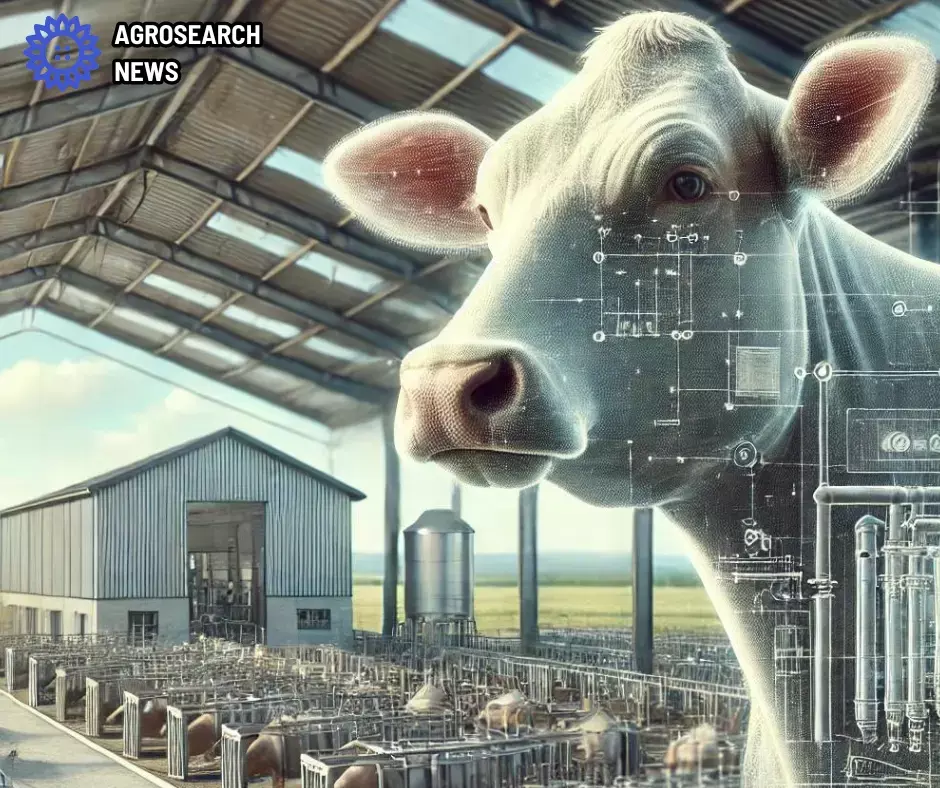02.09.2024, 14:22
🥩 Reducing Meat Production Costs in Kazakhstan: Implementation of the Australian Method

🔹 Kazakhstan aims to double livestock production by 2028.
🔹 The development of livestock farming is hindered by technological backwardness and low productivity, reducing the competitiveness of Kazakh meat in international markets.
🔹 One proposed solution is the implementation of the Australian method of livestock farming, which significantly reduces meat production costs.
A national seminar was held in Semey to discuss the prospects for the development of livestock farming in Kazakhstan, the industry's challenges, and ways to reduce meat production costs. The event was chaired by Deputy Prime Minister Serik Zhumangarin and brought together officials from the Ministry of Agriculture, members of the Majilis, representatives from regional governments, and leading livestock farmers from across the country.
The primary goal set by the Head of State for the agricultural sector is to double livestock production by 2028. Currently, about 40% of the gross agricultural output in Kazakhstan comes from livestock farming, making it a crucial sector. The domestic market is already fully supplied with locally produced meat, and the further development of the industry lies in expanding export potential. However, as noted at the seminar, livestock development is hampered by limited production capacities, technological backwardness, and inadequate cattle feeding practices, which directly affect productivity and production costs.
Deputy Minister of Agriculture Amangali Berdalin emphasized that the average weight of cattle sent for slaughter is only 364 kg, and the actual production cost of one kilogram of meat ranges from 1,800 to 2,100 tenge. These factors reduce the competitiveness of Kazakh meat in international markets.
One of the proposed solutions is the implementation of the Australian method of livestock farming, which allows for significant cost reductions through pasture-based cattle fattening. Several companies presented their projects at the seminar, including Nurym Group LLP (Turkestan region), Terra Group of Companies (Kostanay region), and Yelim-Ai Kokpekty LLP (Abay region). In particular, Nurym Group LLP is constructing a cattle exchange using the Australian method as part of creating a meat cluster in the Turkestan region.
Thus, the development of livestock farming in Kazakhstan requires a comprehensive approach, including technological modernization, the adoption of advanced farming methods, and state support. Only then will it be possible to not only double production by 2028 but also make Kazakh meat competitive in global markets.